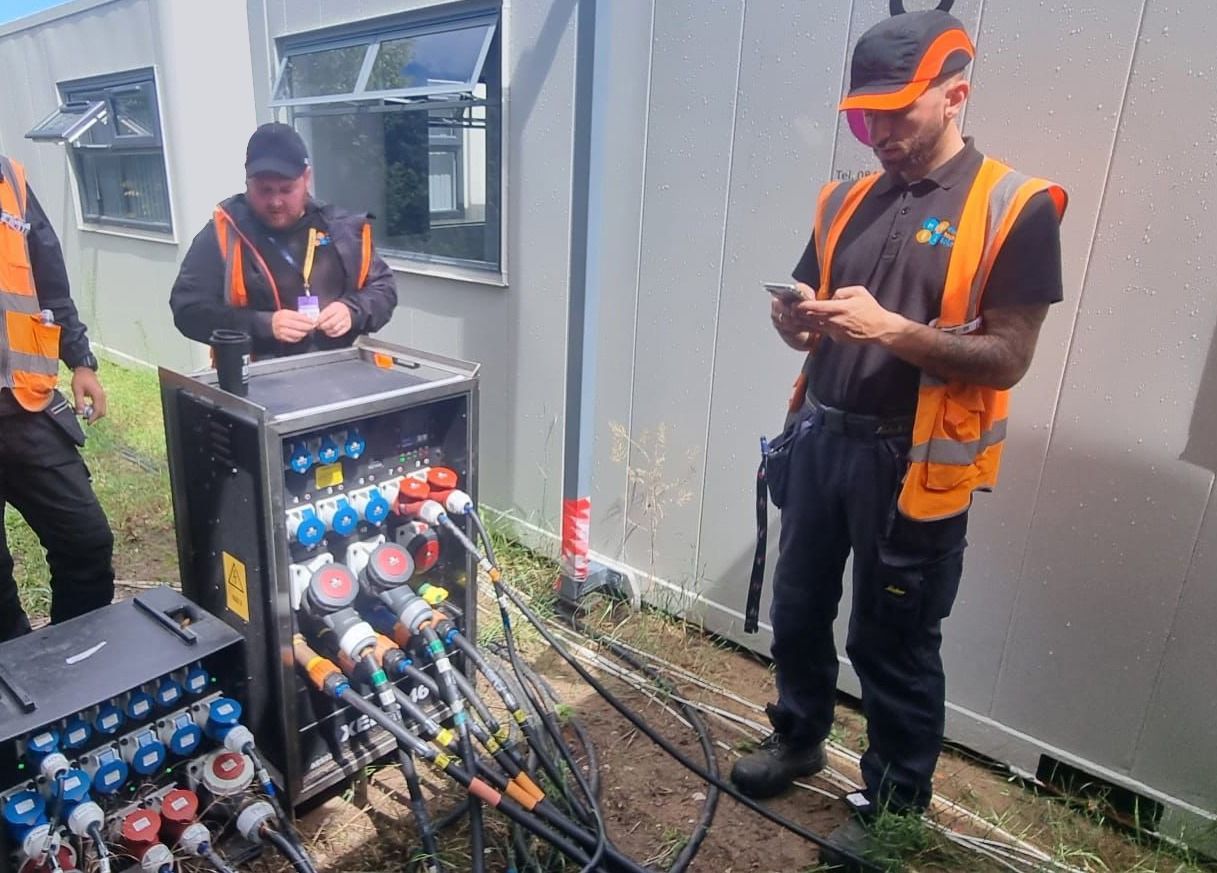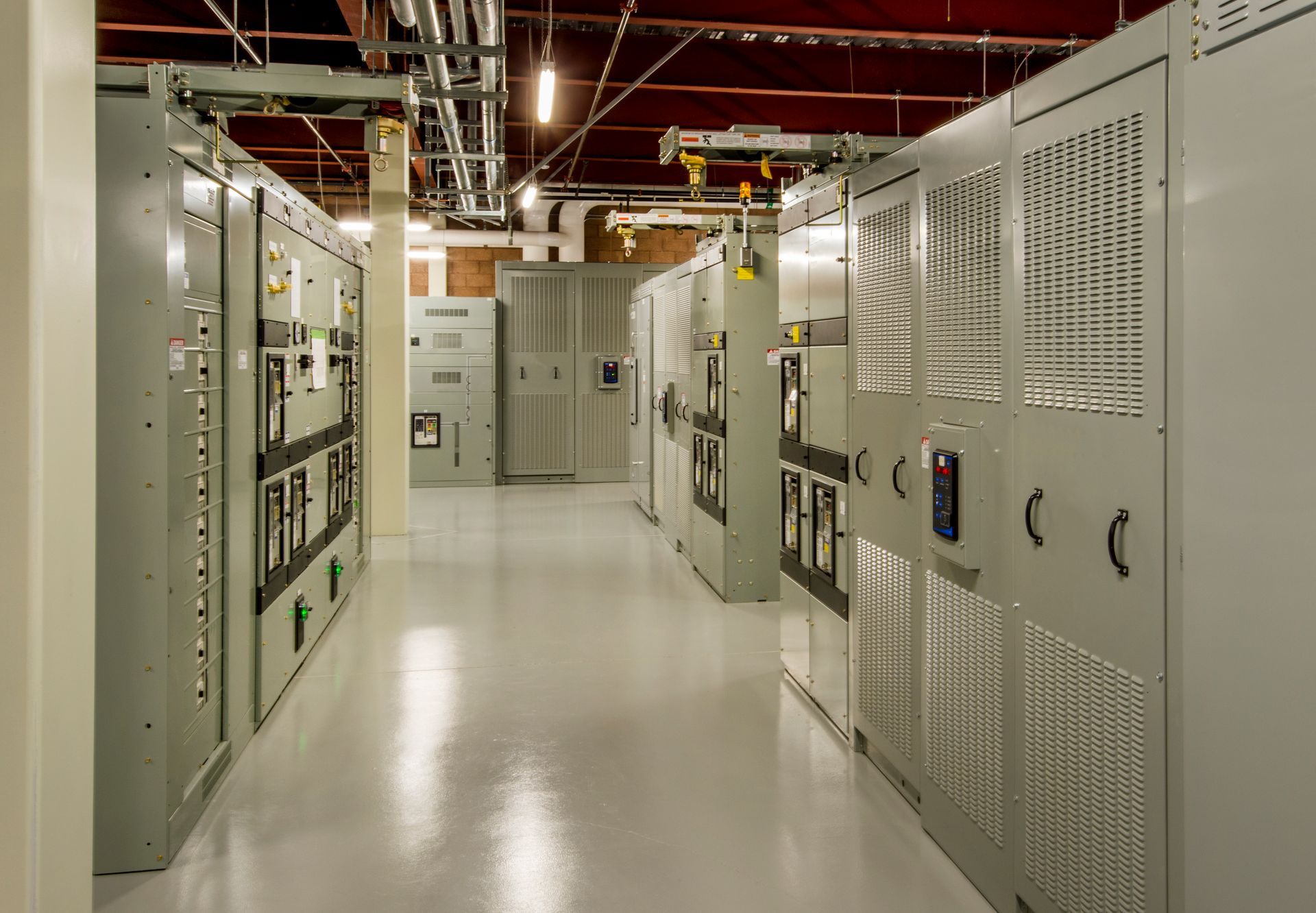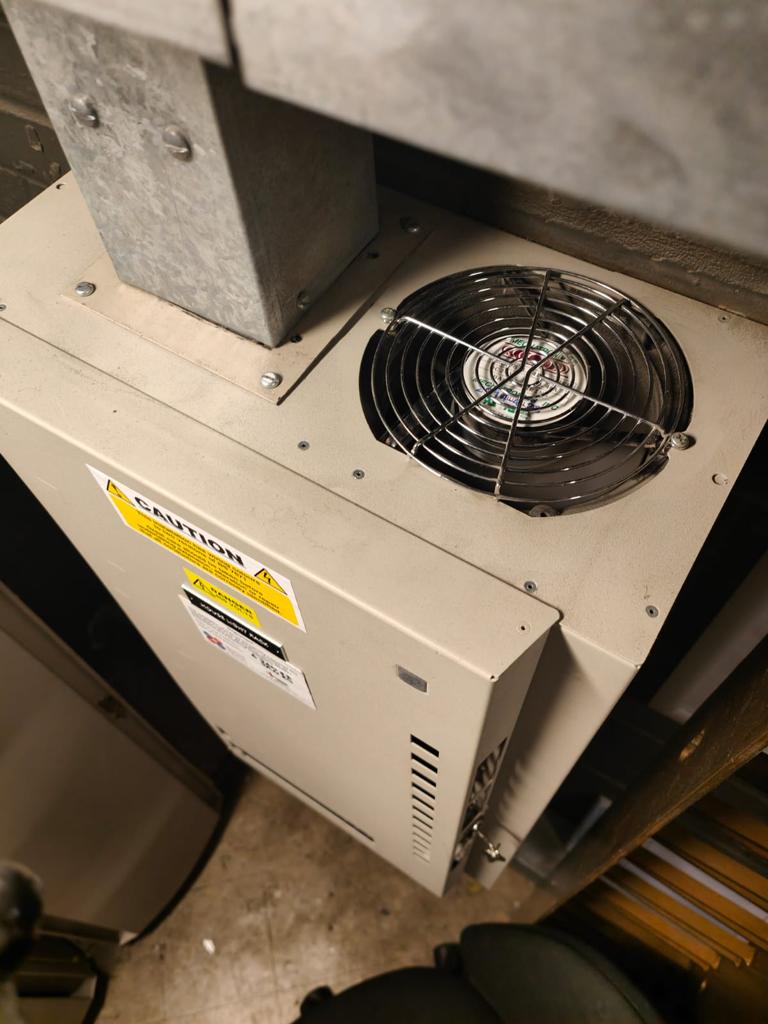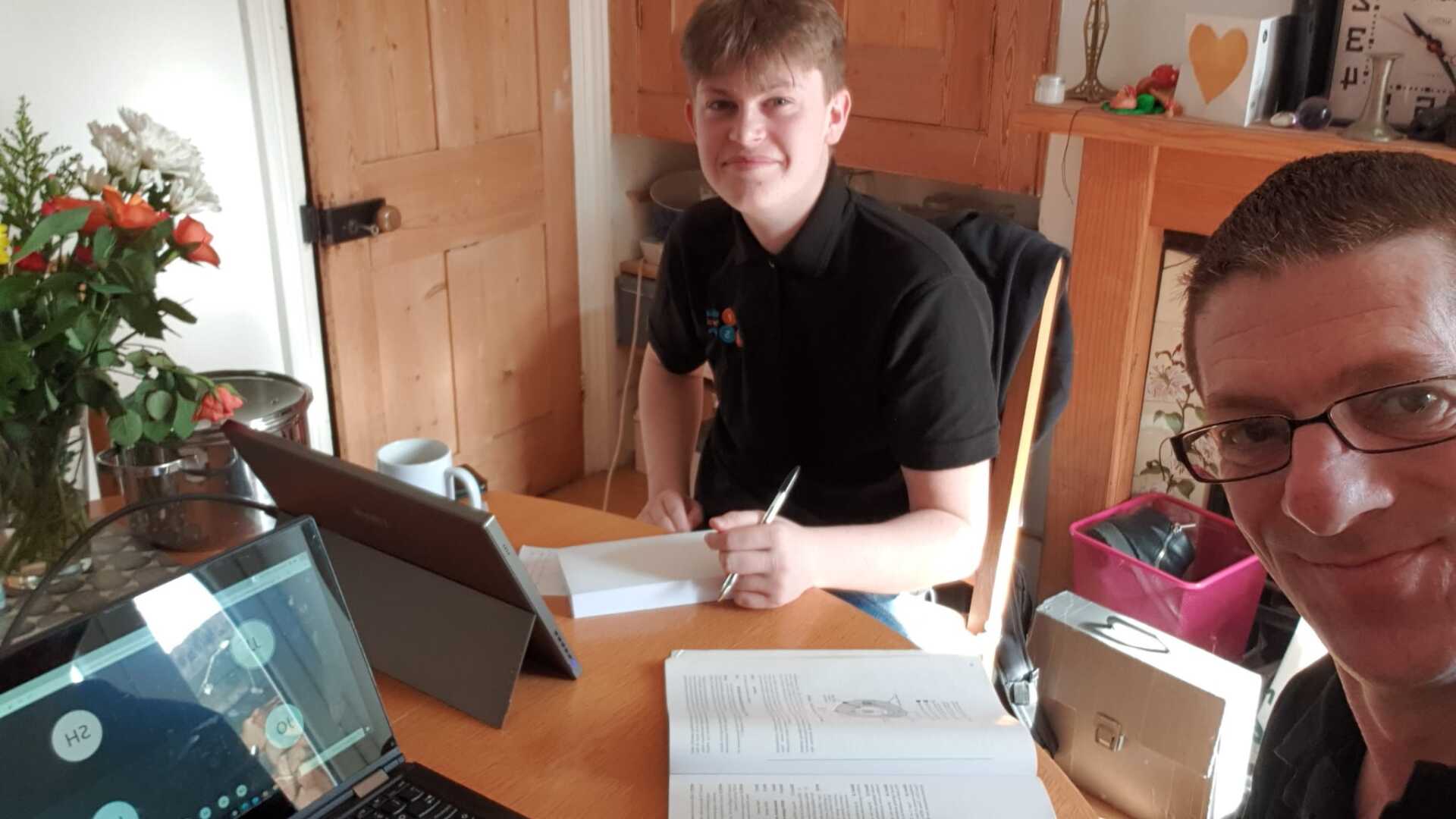HPES - A day in the life of working outdoor events
HPES is one of the UK’s most comprehensive providers of electrical certification services to BS7909 and beyond. Our friendly, experienced team regularly provide compliance expertise for international sporting events, major music festivals and outdoor broadcast installations.
This year we have travelled all over the UK and internationally, working on some extremely large music festivals (including Glastonbury)and sporting events (including Goodwood and an international golfing event at the home of golf). More recently, we were testing power systems for outdoor screenings of the funeral of Her Majesty Queen Elizabeth II.
So, what does a ‘‘day in the life of’’ HPES look like while working on one of these events? Here is a light-hearted, but we hope an informative introduction revealing a typical day getting power systems ready for a large outdoor sporting event in Scotland earlier this year.
07.00 – team breakfast
The day kicks off with a team breakfast at the hotel. Many of us have been away from home for quite a while now, so the conversation is about seeing families again at the weekend.
08.00 – site meeting
Driving over the River Tay from Dundee toward St. Andrew’s, we’re treated to stunning countryside views. Back at the site, we jump straight into our client’s morning briefing to hear the latest reports and status updates. The event will be opening gates within the next few days, so being organised is essential. Our client shares details of what they need us to do today. This includes identifying which power systems are ready for us to begin the electrical inspection, testing and certification to BS7909. We also discuss potential issues we identified from the day before, which, although now resolved, need a quick check.
09.00 – morning on site
Based on the previous evening’s team catch-up, with slight modifications from this morning’s client briefing, we deploy our team around the site. The team and I work with the installation engineer on the car charging system, which appears a little more complicated than we anticipated. First, we need to establish how the fuel-efficient method of providing temporary power to car chargers works. The result is that minimum (Hydrotreated Vegetable Oil) fuel will be used for maximum energy to be available to the car chargers, so the generators are only running when necessary. There is a considerable amount of very smart control and some extremely chunky batteries running in the background here!
It’s back to the office for me to review test documentation which is automatically uploaded to the cloud when our team completes a test document. We have designed our system to create documents and compile them in the correct order, ready for the Senior Person Responsible for the event to review and sign off.
13.00 - lunch
The good thing about lunch is that we order in the morning and the delivery comes from a local sandwich shop in the nearby town. It’s always nice to see local businesses supported by the events industry to feed the small army of people working there to make the event a success. Over lunch, we have another HPES team catch-up to ensure everyone has clear direction of what is required for this afternoon’s work.
14.00 – afternoon on site
The afternoon begins with a walk around some of the electrical systems tested by the teams in the last few days. I noticed that a couple of our system reference stickers aren’t located next to the main switch of the panels as per our process, so I send a note to the teams to remind them that this is required.
Back to the office to continue reviewing the paperwork. We seem to have an error stopping an ‘as built schematic’ from being automatically compiled by our software. I quickly identify the cause as a damaged bar code that hasn’t been interpreted correctly by one of the devices on site. Our system allows me to visit the data captured, identify the proper code, and correct the issue quickly and effectively.
Our team have identified some high values of earth electrode resistance, which is not surprising given the soil’s sandy nature. So, I have a conversation with the project management engineer. He is already aware as our system automatically updates a password-protected webpage of observations our team identified on site. We discuss possible methods to address the issue, design an approach, and test our theory in the yard. It works and is given as the solution to the observation which will be employed in the field. I then make a note for the teams to retest these electrodes.
It’s time for the final paperwork of the day, and the team come back to base. We discuss problems encountered and what we plan to do the following day, and the team cleans, checks, and packs up their test equipment. I provide a round-up state of play email to the client with statistics of what has been tested against what is deployed, detail any challenges we faced during the day and request any information we need.
18.00 – finish
The drive back to Dundee is peppered with conversations about how the team is looking forward to a mixed grill as we head back over the river. Ahead of us, The Tay railway bridge looks fabulous in the sun.


All Rights Reserved | HPES Technical Solutions Ltd.
All Rights Reserved | HPES Technical Solutions Ltd. | Privacy Policy







